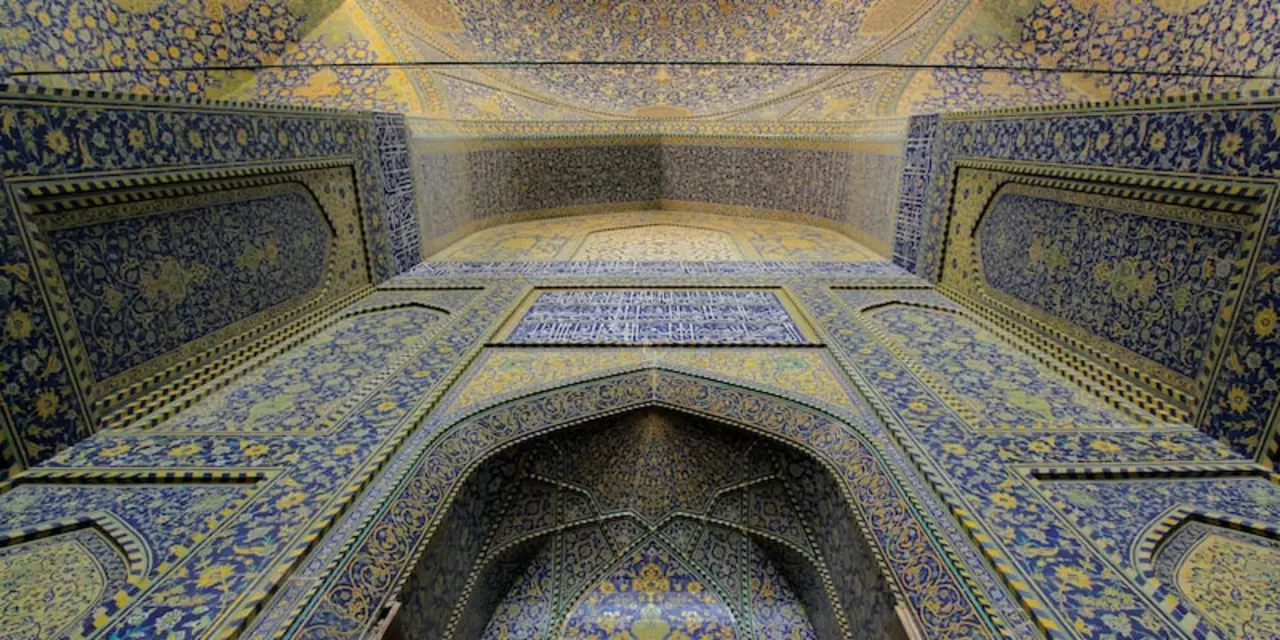Political Analysis: Understanding India’s Current Political Landscape
India’s politics move fast, and keeping up can feel like chasing a train. Here, we break down the biggest stories, the power players, and the trends shaping the country – all in plain language. Whether you’re a casual reader or someone who needs a quick brief before a discussion, you’ll find the facts you need without the jargon.
Why Amit Shah Matters in the BJP
Amit Shah isn’t just another minister; he’s the strategist behind the BJP’s recent victories. He built the election machinery that turned the party into a national powerhouse, and his ability to mobilize workers across states is unmatched. When you hear talk about the BJP’s win‑win strategy, Shah’s name is always in the mix because he designs the game plan, picks the battlegrounds, and fine‑tunes the messaging. Knowing his role helps you see why the BJP can stay on top even when opposition parties form coalitions.
What Trends Define Today's Indian Politics
Three trends dominate the scene right now. First, regional parties are gaining more say in the center, forcing national parties to negotiate on policy and power sharing. Second, social media is no longer a side player; it decides who gets attention and can swing public opinion in hours. Third, economic concerns – jobs, inflation, and rural distress – are driving voter behavior more than ideology. Spotting these patterns lets you predict where the next political heat will be.
Another piece of the puzzle is the rise of youth voters. With over 600 million people under 35, their priorities differ from older generations. Issues like digital jobs, education quality, and climate change are now front‑page headlines in political rallies. Parties that ignore this demographic risk losing ground fast.
Coalitions also matter a lot. The last few elections showed that no single party can rule alone in many states. Understanding how alliances form – who brings the seats, who brings the money, and who brings the vote‑bank – gives you a clearer picture of why certain policies get pushed through while others stall.
Finally, the balance between central and state power is constantly shifting. Recent court rulings and legislative changes have either expanded or limited the central government’s reach. Watching these legal battles tells you a lot about future governance style and where the next conflict might arise.
In short, political analysis in India isn’t just about who wins an election. It’s about the mechanics behind the win, the shifting voter base, and the evolving power structures. Keep an eye on these factors, and you’ll stay ahead of the curve whenever the political conversation turns.
